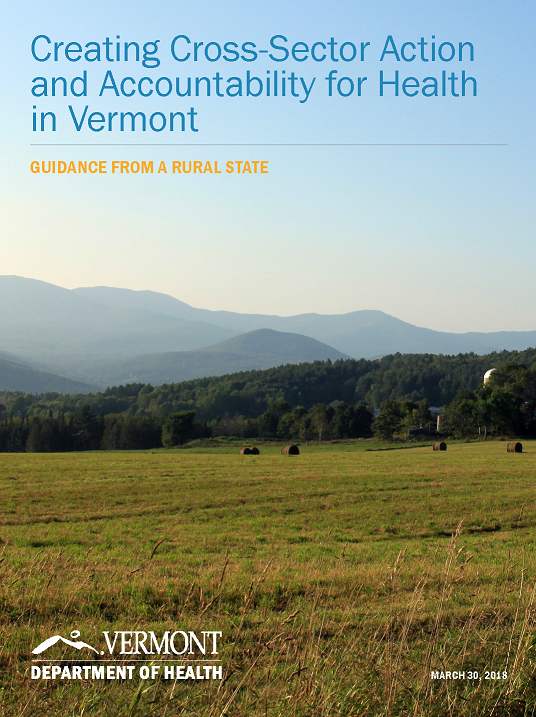It takes a village to create a fair and just opportunity for health. No individual solution will do; we must all work together, at all levels and all sectors, to improve the health of all communities and people in Vermont.
Health in All Policies is a collaborative approach for integrating health considerations into policymaking and programming across sectors and levels of government. The goal is to ensure health and health equity are a standard part of decision-making in non-health agencies.
Health in All Policies Task Force
The Vermont Health in All Policies Task Force is a cabinet-level body established by Executive Order No. 7-15 to identify strategies to integrate health considerations into all state programs and policies and promote better health outcomes through interagency partnership. The task force seeks to enhance health while advancing other state goals, such as protecting natural resources and agricultural lands, increasing the availability of affordable housing, planning sustainable communities, and addressing climate change.
Vermont already has many examples of a Health in All Policies approach. The challenge and opportunity is to maximize the impact through system-wide changes supported by the task force, which is empowered to use the authority and tools of government.
The task force developed a shared scorecard to demonstrate the successes and track the work of various partners in contributing to health and equity.
See the Health in all Policies Scorecard

